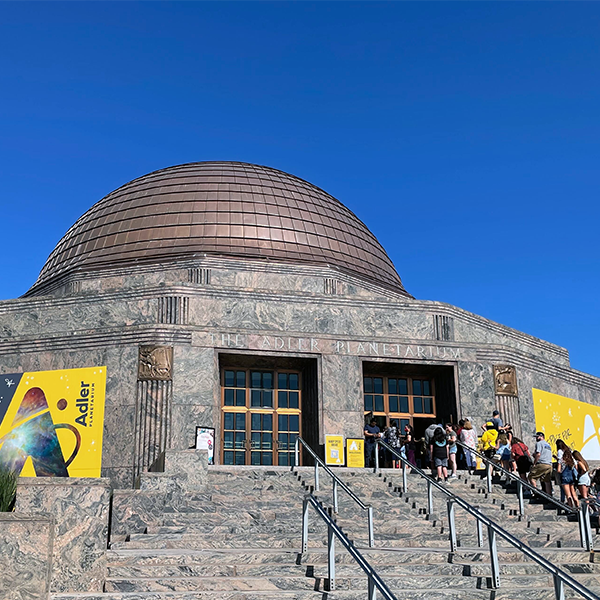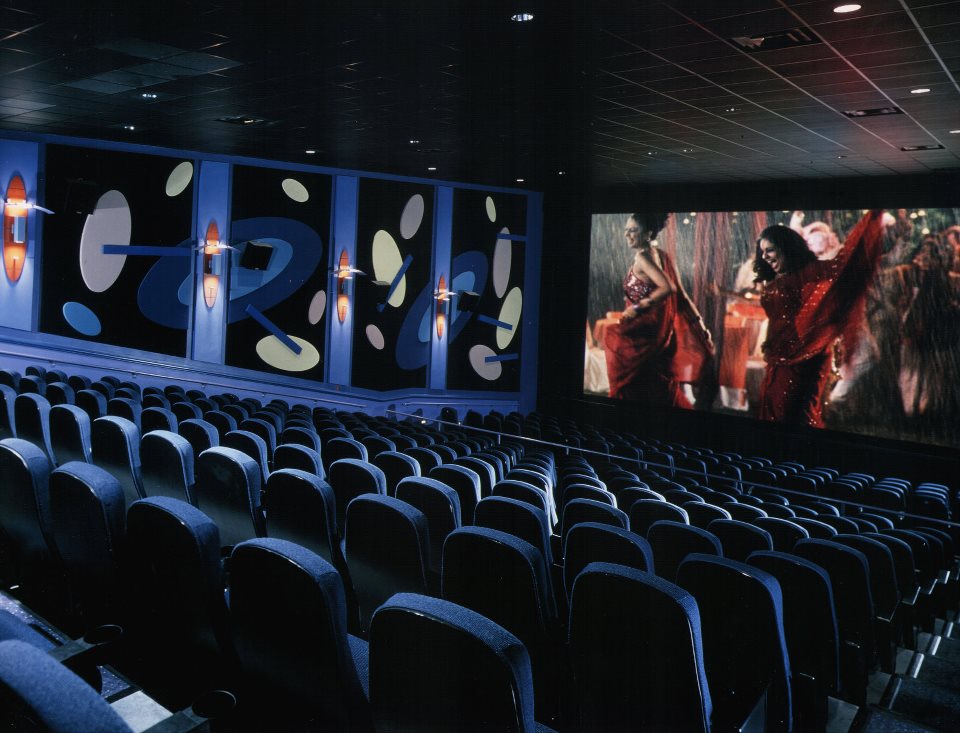Ever wondered what it would be like to travel the cosmos without ever leaving Earth? In the heart of the Windy City, Chicago’s Adler Planetarium offers a fantastic voyage through time and space. Here are seven fun facts about this stellar institution that will make your visit even more fascinating.
It Is Home to the Largest Telescope in Chicago
The observatory features the largest aperture telescope in Chicago. This stunning 24-inch telescope, a Planewave CDK24 reflector, is renowned for its exceptional clarity and precision in celestial imaging. Its large size emphasizes its ability to discover the wonders of the distant universe. This telescope’s innovative design and technology make it a popular choice among amateur and professional astronomers, delivering a rare and detailed picture of the furthest reaches of space.
There Are Not One but Two Dome Theaters
The Adler Planetarium features two dome theaters, which is pretty cool. When you enter a planetarium dome theater and take a seat, you are surrounded by stunning space projections that transport you across time and space.
“Niyah and the Multiverse,” which debuted in February 2024, follows Niyah, a creative Chicago pre-teen, on a visually beautiful Afrofuturist trip through the multiverse. “Pink Floyd’s The Dark Side of The Moon” is now playing until December 2024 and commemorates the 50th anniversary of one of the best-selling albums of all time with an immersive spatial and musical experience unlike any other. ”
It Is Home to Some Architectural Secrets
In 1930, when the Adler Planetarium first opened its doors, Italian American sculptor Alfonso Iannelli crafted and installed a dedication plaque in an area now known as the Rainbow Lobby. Guests ascend the front steps to access the museum and move through this lobby. But why is it named the Rainbow Lobby? Each day at sunset, sunlight streams through the glass, prism-like front doors, refracting the light and dispersing its colors to create numerous tiny rainbows.
There Are Astronomical Objects Everywhere
The Adler has the most extensive collection of sundials in North America, but there’s much more to see! Visitors can learn about different cultures through displayed objects such as astrolabes and celestial globes, and the museum features a vast array of space-themed artwork.
The City Lights Don’t Affect the Viewing Experiences
The Adler’s observatory, nestled near a bustling metropolis, still offers a clear night sky view. Its sophisticated gyroscopic telescope and secondary mirror effectively reduce light pollution, allowing for unobstructed observation of dark objects in space. This clever design lets visitors see a variety of celestial wonders, from planets and moons to stars, even with Chicago’s urban glow. The observatory’s prime location makes astronomy accessible to the public, bridging the gap between city life and the universe’s wonders.
Innovative Studies
The Adler is at the forefront of contemporary astronomy research, not merely looking back. The Webster Institute for the History of Astronomy is housed in the planetarium, where historians and scientists collaborate to solve cosmic riddles. Research projects at the Adler include everything from tracking near-Earth asteroids to investigating black holes.
Spectacular Location with Stunning Views
Last but not least, the Adler Planetarium boasts one of the most spectacular locations in Chicago. The planetarium on Northerly Island’s northeast tip has breathtaking views of Lake Michigan and, of course, the Chicago skyline. It’s the ideal location for a visit during the day and an evening stargazing while taking in one of the city’s best views.
Enjoyed these fun facts? Here are more: 10 Fun Facts About the Museum of Science & Industry




